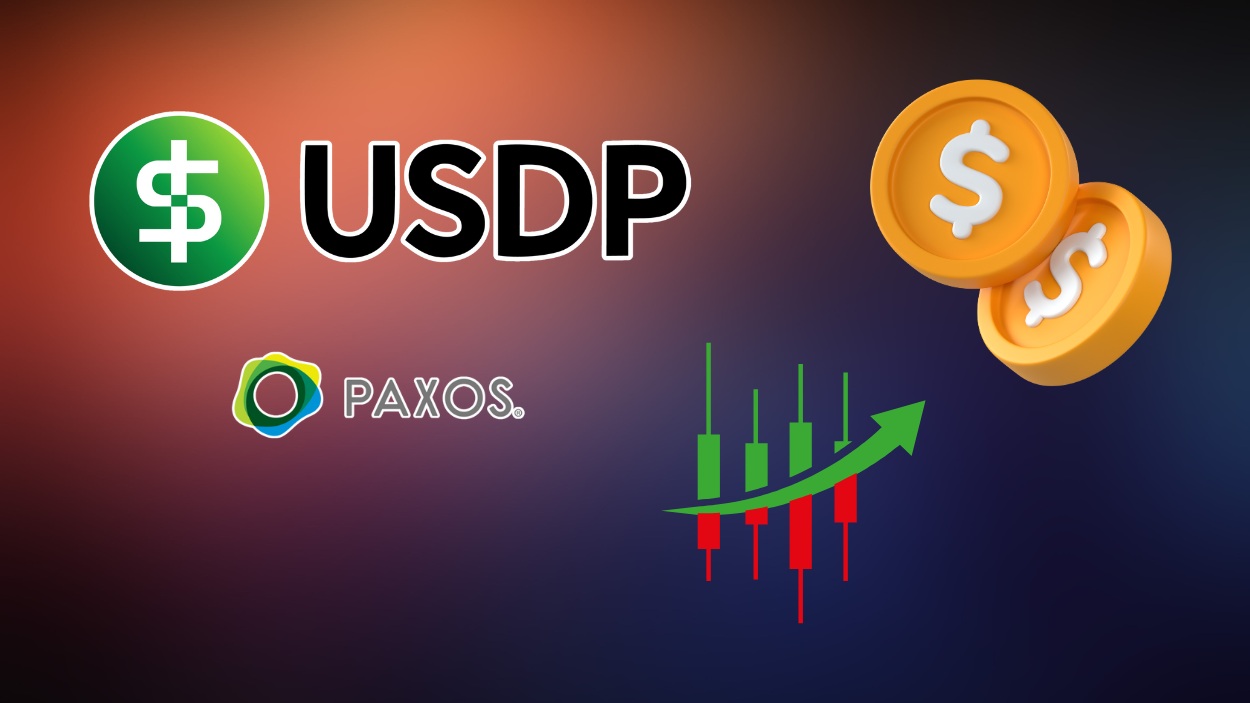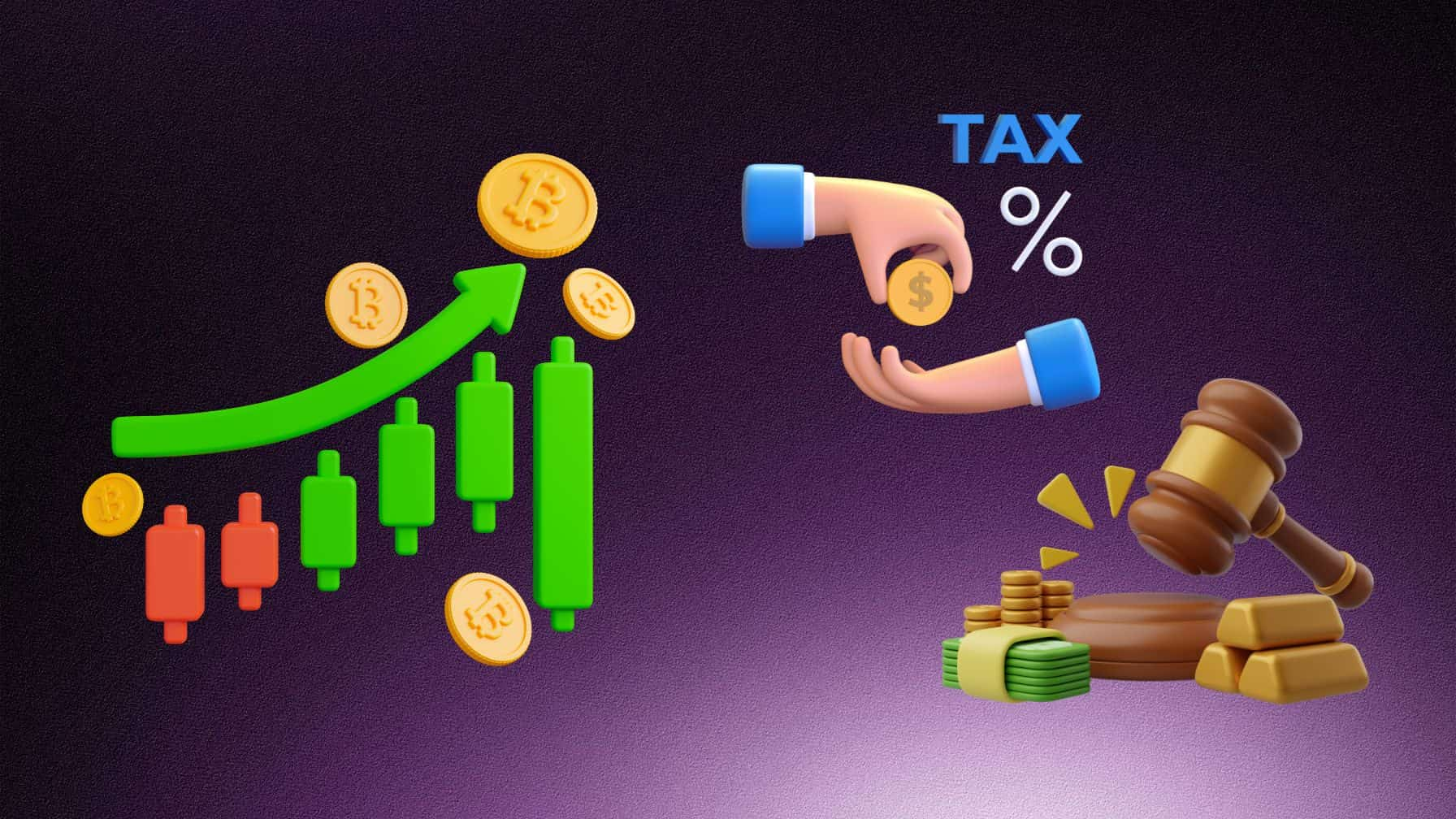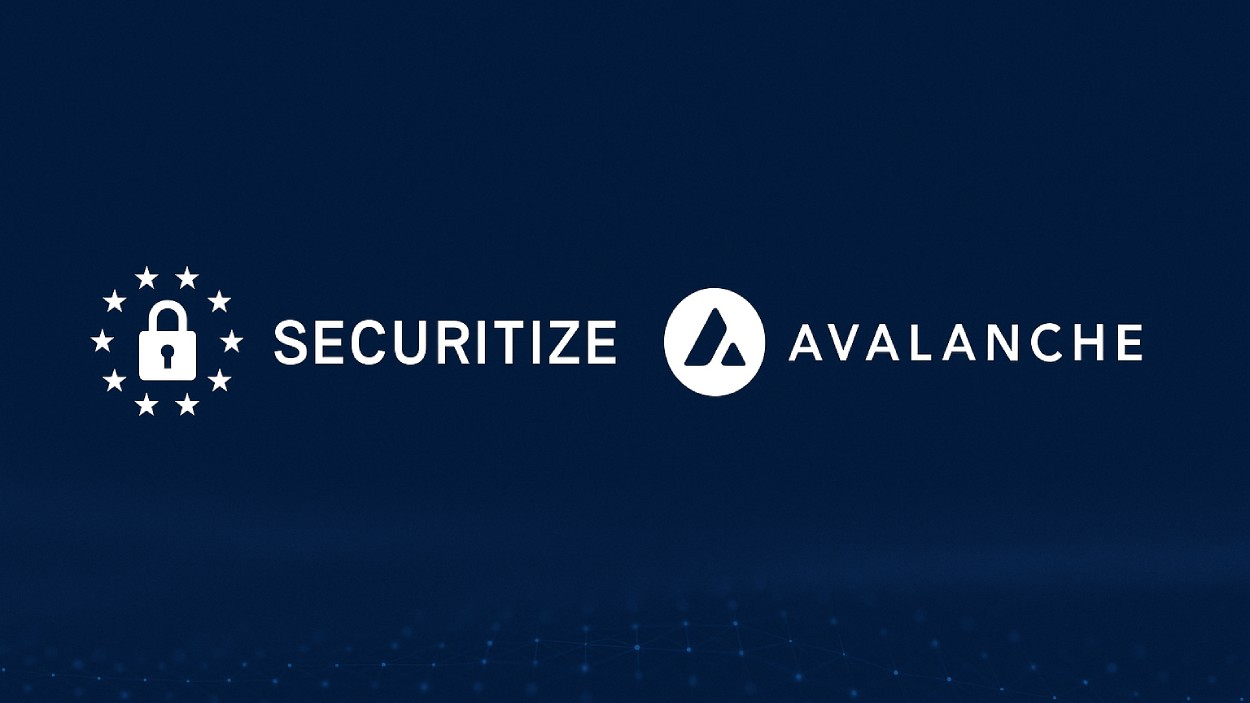The European Union is rolling out stricter crypto reporting rules under the DAC8 directive, giving regulators deeper access to user data and reshaping how crypto service providers operate across the bloc.
Key Takeaways
- New DAC8 rules mandate crypto firms to report transactions and holdings in a standard digital format, starting January 1, 2026.
- The European Securities and Markets Authority (ESMA) may gain direct oversight of major crypto exchanges, replacing fragmented national supervision.
- Switzerland delays its crypto data-sharing start to 2027, despite adopting a parallel legal framework from 2026.
- Privacy advocates raise concerns as EU regulations expand data collection and due diligence requirements for crypto users and platforms.
What Happened?
On November 26, the EU introduced Implementing Regulation (EU) 2025/2263, significantly expanding the Directive on Administrative Cooperation (DAC8) to include crypto-assets. These new rules will compel crypto exchanges, wallet providers, and other digital asset service firms to submit standardised reports on customer holdings and transactions to national tax authorities. The data will be automatically shared across EU member states, providing regulators with enhanced visibility into crypto activity.
Meanwhile, Switzerland has announced a delay in its own crypto data-sharing plans. Although it will adopt the legal framework from January 2026, it will not begin exchanging crypto tax data with partner jurisdictions before 2027.
📡DAC8 goes live 1 Jan 2026, expanding automatic information exchange to crypto transactions. Service providers must prepare!
— EU Tax & Customs 🇪🇺 (@EU_Taxud) November 27, 2025
– Register for reporting with an EU Member State if not authorised under MiCA
– Collect data from Jan 2026
– Report by Sep 2027
➡️https://t.co/cTCzlL2D5A pic.twitter.com/Jj3dfArPVR
A New Chapter for EU Crypto Regulation
The revamped DAC8 regulation represents one of the most ambitious moves by the European Union to regulate the digital asset market. Its core components include:
- Standardised reporting templates for customer holdings and transactions.
- A unified computerised format for cross-border information exchange.
- Creation of a Crypto-Asset Operator register, assigning each firm a unique 10-digit ID.
- Mandatory data retention for 12 months even after a firm exits the registry.
The aim is to eliminate discrepancies in national tax reporting and streamline supervision across all EU states. Crypto firms operating in the region must comply with these measures starting January 1, 2026.
Each EU country will also need to submit an annual compliance report to the European Commission using the new digital templates.
Tied Into Broader Regulatory Measures
The DAC8 changes align with other upcoming regulations:
- The Transfer of Funds Regulation (TFR), effective December 30, 2024, applies the “travel rule” to crypto transfers. Firms must identify both senders and recipients, even for self-hosted wallets.
- For transfers above €1,000, users may be asked to verify ownership of private wallets.
- MiCA, the EU’s main crypto law, will work in tandem with DAC8 and AML laws to enforce stronger due diligence, suspicious transaction reporting, and even energy consumption disclosures for large operators.
Centralising Oversight Under ESMA
The European Commission is also pushing for centralised supervision. Under new proposals, the European Securities and Markets Authority (ESMA) may take direct oversight of cross-border exchanges and clearing houses.
ECB President Christine Lagarde supports this move, arguing that fragmented national regulation has undermined consistent enforcement. ESMA chair Verena Ross added that building crypto frameworks independently in each country imposes a “heavy burden” on regulators and the industry.
However, opposition is growing from countries like Luxembourg, Ireland, and Malta. They warn that centralised oversight could disadvantage smaller financial centers and drive up compliance costs for firms operating under the MiCA passporting regime.
Switzerland Moves Slower
While the EU accelerates crypto transparency, Switzerland is hitting pause. On November 3, 2025, the Economic Affairs and Taxation Committee suspended work on its partner exchange list, delaying data-sharing under the Crypto-Asset Reporting Framework (CARF) until at least 2027.
Although Switzerland’s revised ordinance will take effect in 2026, including registration and due diligence rules for crypto firms, actual international data exchange will not begin until the partner list is finalized.
This delay comes despite Switzerland spending years preparing to integrate crypto into its international tax transparency regime.
CoinLaw’s Takeaway
I think the EU’s latest push to expand DAC8 shows just how serious the bloc is about bringing crypto into the mainstream tax and compliance system. In my experience, when regulatory frameworks start using language like “automatic exchange” and “standardised digital formats,” it’s a clear sign that the age of crypto wild west is ending.
That said, I get why privacy advocates are sounding alarms. Giving tax authorities full visibility into trades, wallet addresses, and even ownership of self-custodied wallets might feel invasive to everyday users. And Switzerland’s more cautious approach tells me there’s still debate globally on how fast to move in this space. It’ll be interesting to see how crypto firms adapt to these sweeping changes.

























































